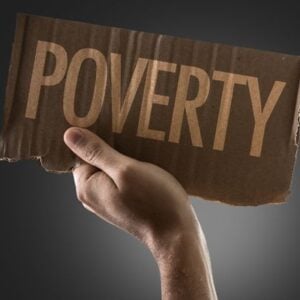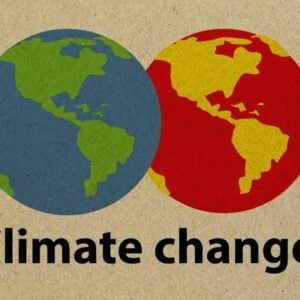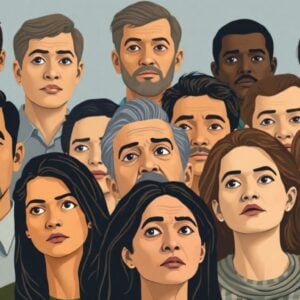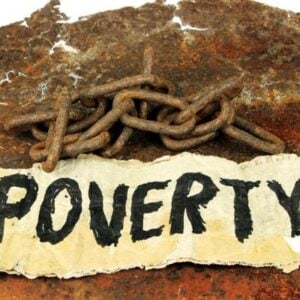The International Day for the Eradication of Poverty, observed annually on October 17, serves as a reminder that despite significant progress over the years, poverty persists—and in some cases, is worsening. In Bangladesh, a country once celebrated for its rapid poverty reduction, recent data shows that more than one in four citizens now live below the national poverty line. This reversal reflects the fragility of past gains, with progress slowing over the last decade and many households remaining vulnerable to shocks such as illness, floods, or job loss. The country’s economic growth, while impressive, has not been inclusive enough, and new vulnerabilities, particularly in urban areas and due to climate change, are reshaping poverty.
Bangladesh’s previous poverty reduction success, driven by the garment industry, remittances, microfinance, rural infrastructure, and nonfarm growth, now faces structural limitations. Many workers, including millions in the garment sector, earn barely enough to stay above the poverty line in a high-inflation economy, highlighting the gap between job creation and sustainable livelihoods. Experts argue that poverty should be understood multidimensionally, encompassing education, health, housing, sanitation, and resilience, not just income. Tools like the Multidimensional Poverty Index could help identify who is poor and why, guiding more effective policies.
Social protection plays a crucial role in preventing people from falling back into poverty. Currently, Bangladesh spends less than 2.5 percent of its GDP on social protection, excluding pensions. Expanding and streamlining programs, digitizing databases, and linking funds to measurable results could make social protection more effective. Moving beyond cash handouts, the next generation of social protection should empower people through universal social insurance, covering informal workers against job loss, illness, or workplace injuries. Pilot programs like Employment Injury Insurance in the garment industry could be scaled nationally to enhance resilience and economic security.
Rural transformation is another critical area. Small farmers face climate stress, shrinking landholdings, and market volatility, requiring long-term strategies such as climate-smart agriculture, land reform, green finance, and rural industrialization. Technological solutions like solar-powered irrigation, digital extension services, and e-commerce platforms can improve productivity and create local jobs. Upgrading value chains and establishing processing and storage facilities can help rural communities transition from survival farming to opportunity-driven economies.
Urban poverty also demands urgent attention. Millions of city residents live in informal settlements with insecure tenure and limited access to health, education, and social services. Urban strategies should include affordable housing, social protection for informal workers, public childcare, skill development programs, and participatory planning. Improving infrastructure and services in slums is not just a technical matter but also a way to restore dignity and opportunity for urban residents.
Lessons from global poverty reduction models highlight the need for inclusive and equitable approaches. Growth-led industrialization, redistribution through welfare programs, and shared growth integrating health, education, and social protection have all proven effective. Countries like China, Brazil, Vietnam, Thailand, and Malaysia show that growth alone is insufficient; policies must ensure fair access to services, decent jobs, and social insurance, while addressing governance failures and inequality.
Reducing poverty in Bangladesh today is both an economic and moral imperative. The recent rise in poverty signals the need for policies that are fair, sustainable, and inclusive. Future strategies must focus on long-term systemic change that empowers and protects all citizens, ensuring that progress is irreversible and that poverty becomes increasingly rare and difficult to return to.







